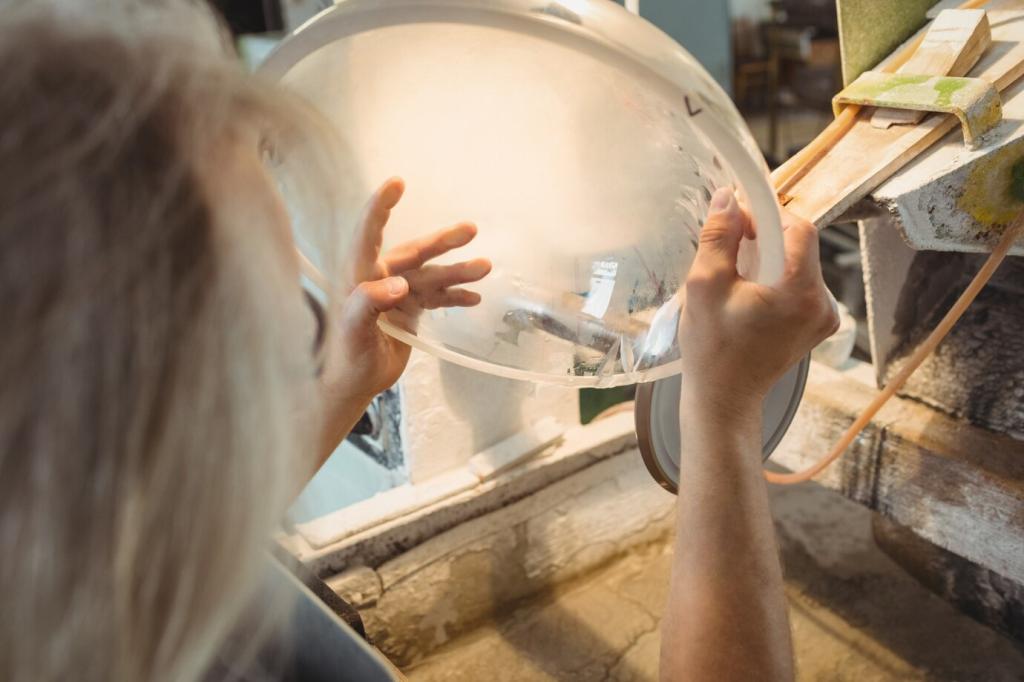Caring for Restored Antiques
Aim for 40–55% relative humidity, avoid direct sunlight, and use coasters under hot mugs. Dust with a soft cloth, not sprays. Share your climate challenges, and we’ll strategize placement and microclimate solutions together.
Caring for Restored Antiques
Thin coats of microcrystalline or beeswax, buffed with patience, maintain sheen and protection. Avoid silicone polishes that complicate future work. Tell us your favorite wax and technique, and we’ll compare results across species and finishes.
Caring for Restored Antiques
Lift case pieces from the apron, not the top or arms; remove drawers and doors before transport. Pad corners and let finishes cure before covering. Share your packing tips, and help newcomers avoid common moving mishaps.






